With the same black attire and active at night, modelled on the bloodsucking bat, the bloodied-mouthed and white-fanged vampire appeared much earlier on the scene than the heroic Batman.
Can't find myself: Coming out stealthily in the dark, bats are like ghosts in being associated by people with bad luck. If you have the opportunity to go into an eerie cave without a ray of light, echoing with the sound of leathery bat wings, you will soon be struck by feelings of nightmare panic.
Active in dark places, having the gift of flight but with the image of being neither bird nor beast, in Western culture bats have become a symbol of uncleanliness and danger. In Aesop's Fables the bat plays the role of the one who cannot find his own identity.
In medieval European paintings, the Prince of Darkness and his underlings are shown with bat wings. In the seventeenth century, as the conquistadores colonized South and Central America, tales of attacks by bats soon came back to Europe so that people's impression of the bat became even worse. With the blood-sucking vampire bat being a carrier of rabies, the distance between humans and bats increased even further.
Hung up on vampires? With the appearance of vampire books all kinds of European vampire legends came to be portrayed even more vividly. Horror stories also love to use scenes with bats to create a weird and strange atmosphere. How many scenes open with: "On a dark night, in an ancient cobwebbed castle, out flew some bats with flashing eyes," as a means to add suspense to the plot? All this means that the notoriety of the poor bat is comparable only to that of the biblical serpent.
By the beginning of the "enlightened scientific" twentieth century, the bat had still not been rehabilitated. In the era of black and white movies the Transylvanian Count Dracula hit the silver screen. When people saw a real person portraying the evil vampire carrying out his wicked deeds wherever he went, the speechless bat was even more condemned to hell and unable to make a comeback.
Ten years ago many people in the United States and Europe would clear out bat colonies located near their homes. Take the United States as an example, which likes to see itself as the most conservationist country in history: The bat colony in Austin, Texas, that draws so many tourists today, ten years ago was being chased out by the residents!
It is only natural that today the centuries of deep-rooted myths have still not been dispelled. In China it is the same, with the symbolic significance of the bat still lingering on over the ages of history.
Bad luck in the West, good in the East: When still being seen as evil by European and American artists, the image of the bat was flying into the homes of the Chinese people. Very moving, their bright and brilliant shapes became an omnipresent part of daily life.
No matter whether it be window lattices, clothes, bed clothes, the backs of chairs or New Year decorations, a bat design would never be lacking as a representation of good health, longevity, wealth, virtue and a peaceful and natural death--the five most important things in a person's life. The bat, the peach and the pomegranate together symbolize many descendants and good fortune.
Personal note paper for intimate letters would also often feature images of children looking at flying bats. If such a thing had happened in the West, the children would probably have run away in terror as soon as possible, whereas the Chinese children do not show the slightest bit of fear, but are smiling. Who could fail to like these bringers of good fortune?
Why is it that bats are seen as evil in America and Europe but as lucky symbols in China?
Chinese bats are not realistic: Chu Ko, an expert on ancient artifacts at Taiwan's National Palace Museum, says that if you want to get to the bottom of this then you must trace it back to ancient Chinese religious beliefs. In an age before the Shang and Chou dynasties, the bat was the ancestral symbol and guardian spirit of a race living in the area of China, and was thus worshipped as a clan totem.
The significance of the objects worshipped by the Chinese people is very different from that of other races. In ancient Greece and Egypt, the sources of Western civilization, it was realistic animals and people that were worshipped. Chinese people, however, thought that visible objects were not worthy of worship. "The ferocity of the tiger can be overcome," says Chu Ko, because of which people worshipped all kinds of mythical and unworldly beasts, such as the dragon and the phoenix.
For real animals to become spirits there had to be special conditions, or some cultural transformation so they would not be seen as the original objects but rather their underlying ideas and significance. This kind of thinking was most far reaching in its influence on the way that the spirit of Chinese art has been idealistic rather than realistic. With the bat having the nature of bird and beast, and turning day and night upside down, it became transformed into a guardian spirit. Moreover, early shamanism was even more superstitious about guardian spirits, believing that looking at their images and chanting their names could bring about things that were related to their appellations.
Flying into the everyday home: The first reason that a bat shape is auspicious is that the shape of a flying bat's wings is similar to the lucky cloud scroll pattern of decoration; the second reason is that, sleeping in the day and coming out at night, it was called the "sleeping flyer," which is a homonym of the character for "wealth." In the Spring and Autumn and Warring States periods totemism was on the decline; when Chinese culture was united under the Han dynasty, from being the object of worship of one clan, the bat became the shared lucky symbol of the whole race.
From being a kind of worship that was the preserve of the ruling class, the bat daily became a more popular object of belief that was a part of daily life and language. This was especially true during the late Ching dynasty, when the country was very weak, living conditions bad, and there was an acute lack of security. With the pressing desire for a better life, the bat as symbol of good fortune appeared everywhere on architecture, furniture, tools, clothes, and whenever there was an opportunity for it to appear in the objects of folk art.
Not only was the auspicious bat design seen everywhere it was required, but from a ferocious form that was meant to chase away any bad luck that might come through the door, it became simplified to a bold design of a few lines.
Today, with architectural forms having changed and with new materials and technologies, folk crafts such as paper-cutting, knot-tying and embroidery are on the decline and the bat design appears less in everyday life. Moreover, the Western image of the bat is entering Chinese society.
In one famous Hong Kong martial arts novel there appears a weird character called Green-Bat-Winged Wei I Hsiao, one of the four Zoroastrian lords, who must drink human blood to heal wounds. He stalks the earth and when his victims hear his spine-chilling laugh in the distance two bloody holes appear on their necks. But there is a difference from the Western Dracula in that this one only attacks bad people. Both good and bad--it could be said to be the result of combining the Western and Chinese bats. More recently, Batman T-shirts, bags and stickers have become the bewitching fashion.
The rise of the Western bat: The recent rise of conservationism has meant that ecological research has become fashionable. There is a new awareness in the West about the ecological role of the bat, with it now being realized that it does not attack people but plays an important role in the life of human beings. There are now widespread calls to protect the bat and 1988 was even the European "Year of the Bat," with "I love bats" stickers appearing everywhere.
It was at this time that a new image connected with bats appeared--Batman. Shattering the myth that bats are connected with vampires, this cannot be said to be unrelated to the gradual change of the image of the bat in the Western mind.
Ten years ago the American Bat Conservation International was established and decided to use a lucky Chinese bat design as its logo. It is their view that "the love and affection of the Chinese people for the bat can encourage a good and proper view of the bat in the West." They also point out that the Chinese view of the bat and peach together as a symbol of fertility has ecological significance: The peach tree was first cultivated in China about 5,000 years ago, and the wild tree relied on bats for the dispersal of its seeds; without the bat, the peach tree had no way to spread its "descendants." The "many descendants and good fortune" bat and peach design is thus an ancient Chinese representation of the close relationship that exists between all natural things.
From a Chinese clan symbol of three thousand years ago, to today's logo for Bat Conservation International, bats can finally take a breather.
Bringing luck among us: As you walk down the road you can see that the flower pots arranged around you have impressions of bats on their sides, perhaps not very refined but at least not having lost their naivete; take a close look at the New Year picture on the wall and it contains five bats; have a bowl of noodles at the roadside and, when you have finished drinking the soup, at the bottom appears a ring of five bats ....
In modern-day life the bats are still flying at us from all directions. Welcome them with a smile and you might bring yourself a whole lot of good fortune.
[Picture Caption]
(photo courtesy of Long Shong Pictures Ltd.)
(photo by Cheng Yuan-ching)
(photo courtesy of Warner Bros.)
A Ching dynasty bottle with cloud-and-bat pattern. Chinese ornaments are one of the bat's favorite" roosts." (photo courtesy of National Palace Museum)
Because the fifth bat in ancient designs symbolizes a happy death it is often left out in today's death-shy society. (photo by Cheng Yuan-ching)
Auspicious New Year pictures feature children frolicking with bats. (photo by Vincent Chang)
Ferocious-looking bats have traditionally featured in architecture to scare away bad luck. (photo by Diago Chiu)
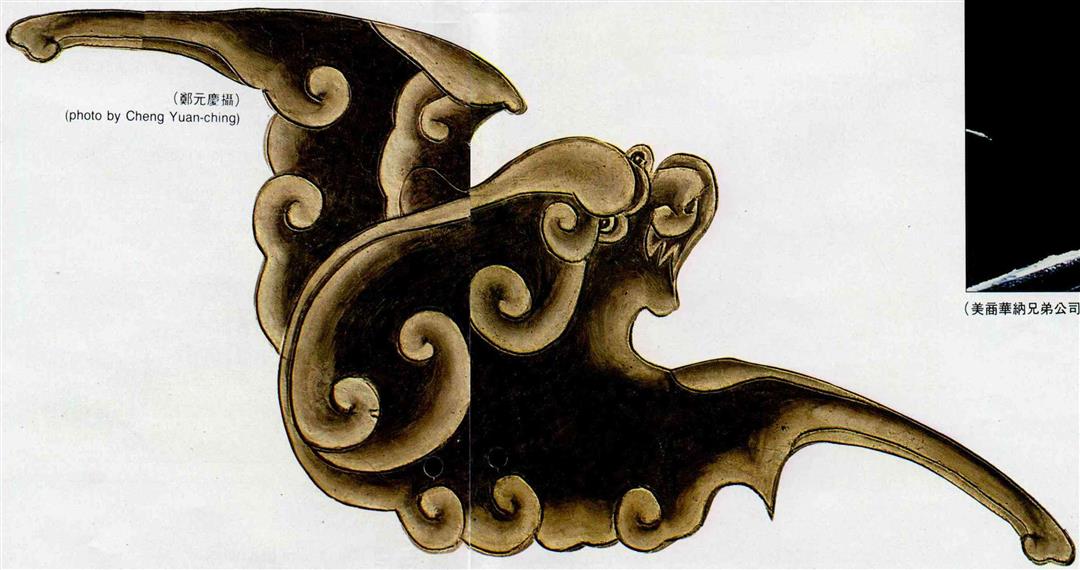
(photo by Cheng Yuan-ching)
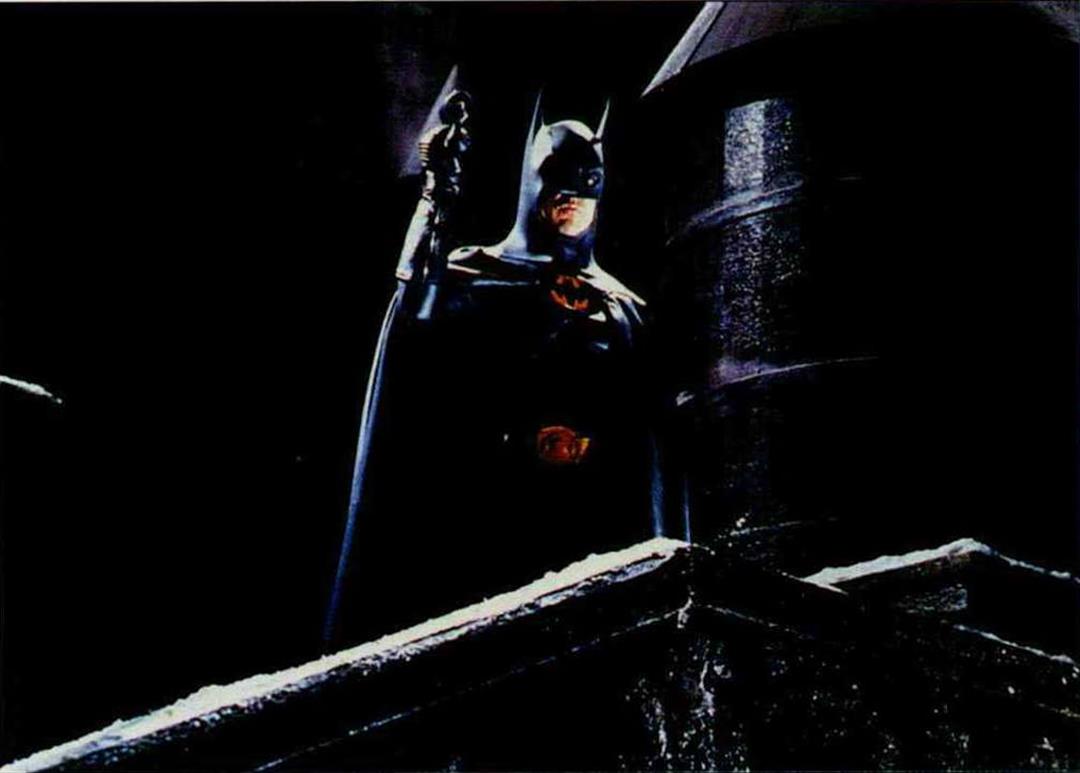
(photo courtesy of Warner Bros.)
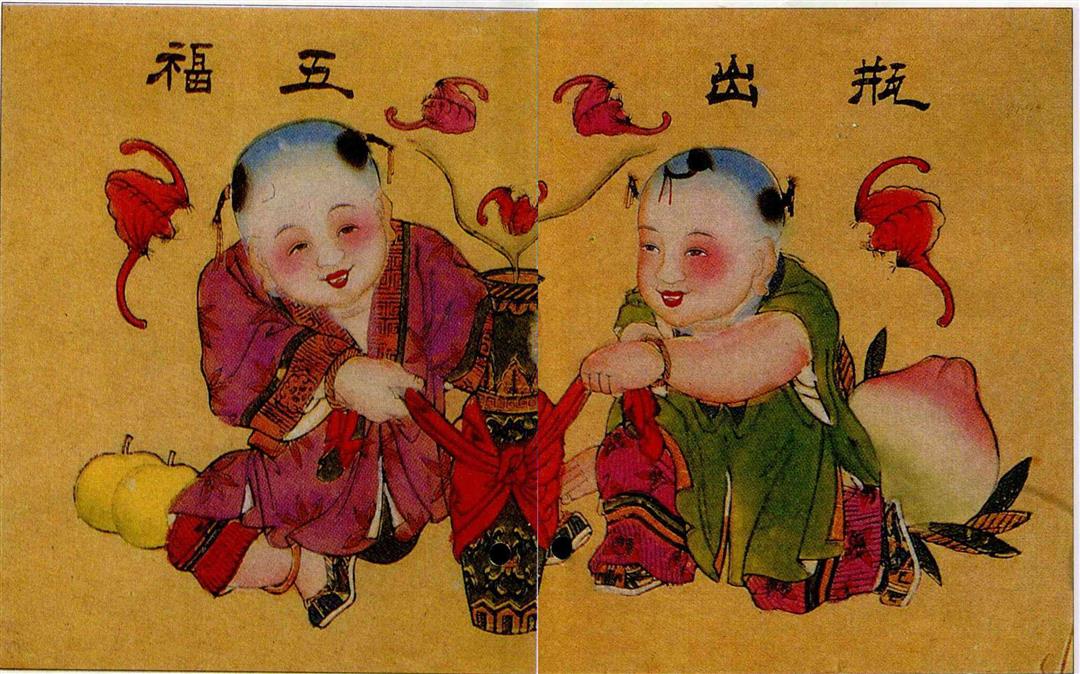
Auspicious New Year pictures feature children frolicking with bats. (photo by Vincent Chang)
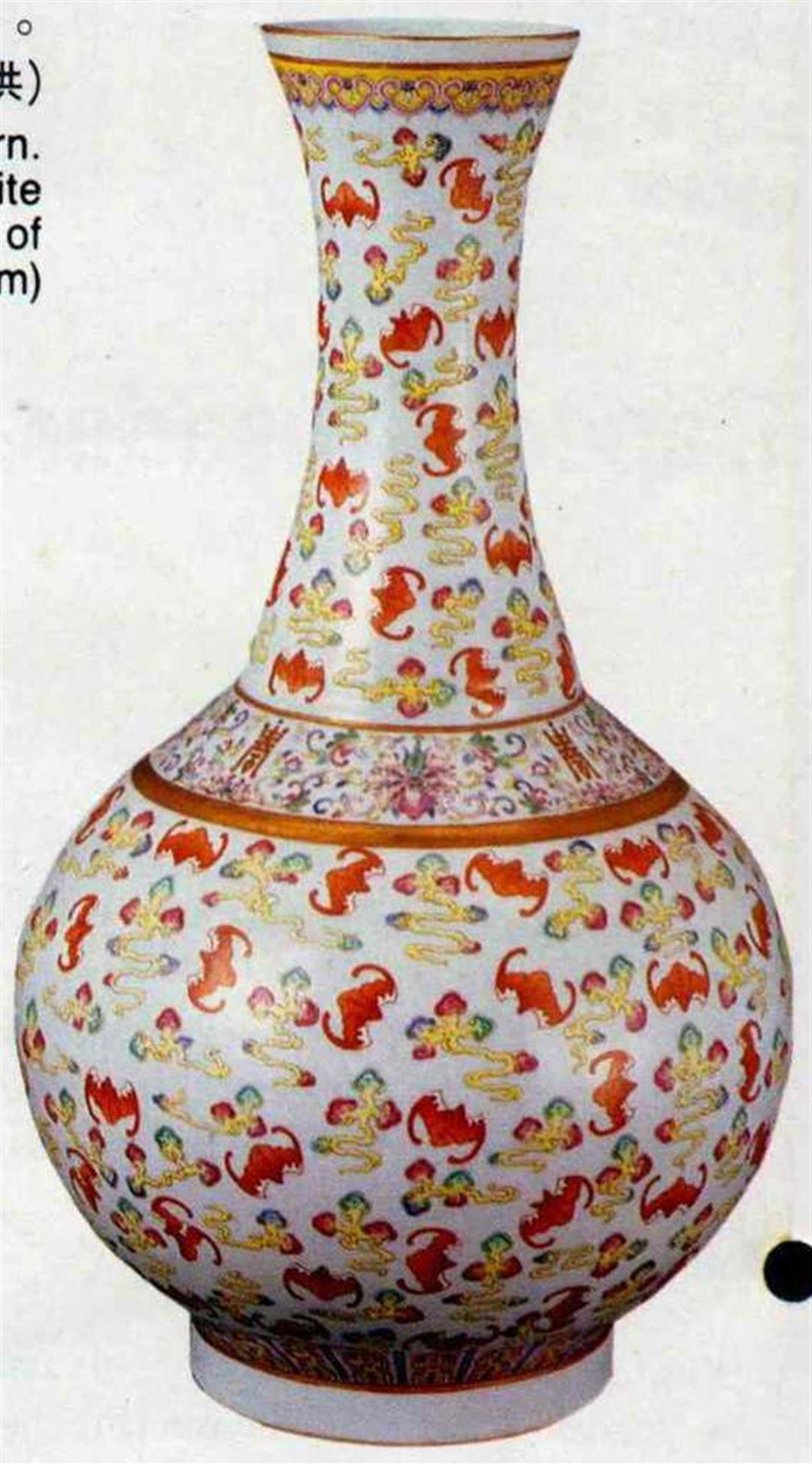
A Ching dynasty bottle with cloud-and-bat pattern. Chinese ornaments are one of the bat's favorite" roosts." (photo courtesy of National Palace Museum)
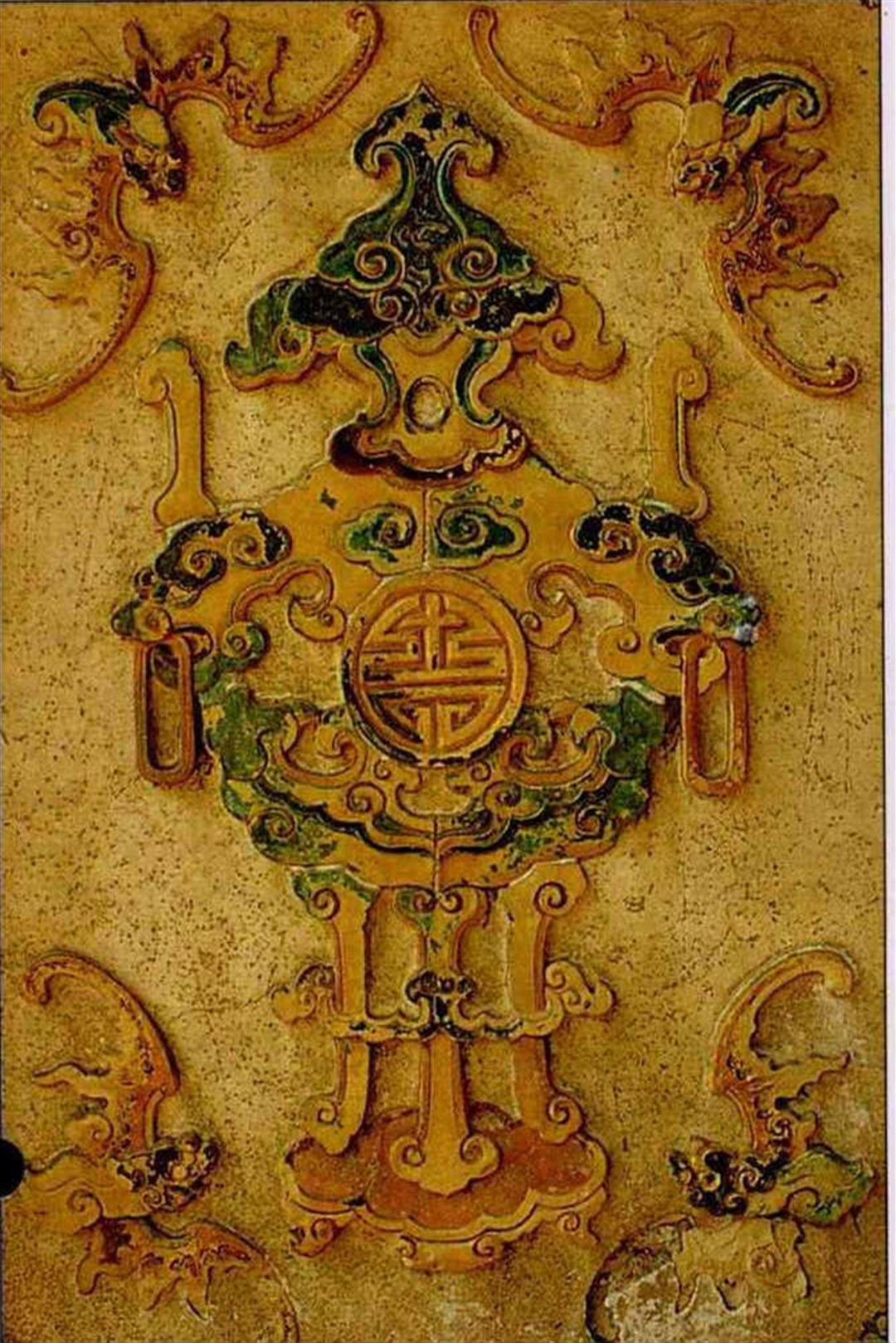
Because the fifth bat in ancient designs symbolizes a happy death it is often left out in today's death-shy society. (photo by Cheng Yuan-ching)
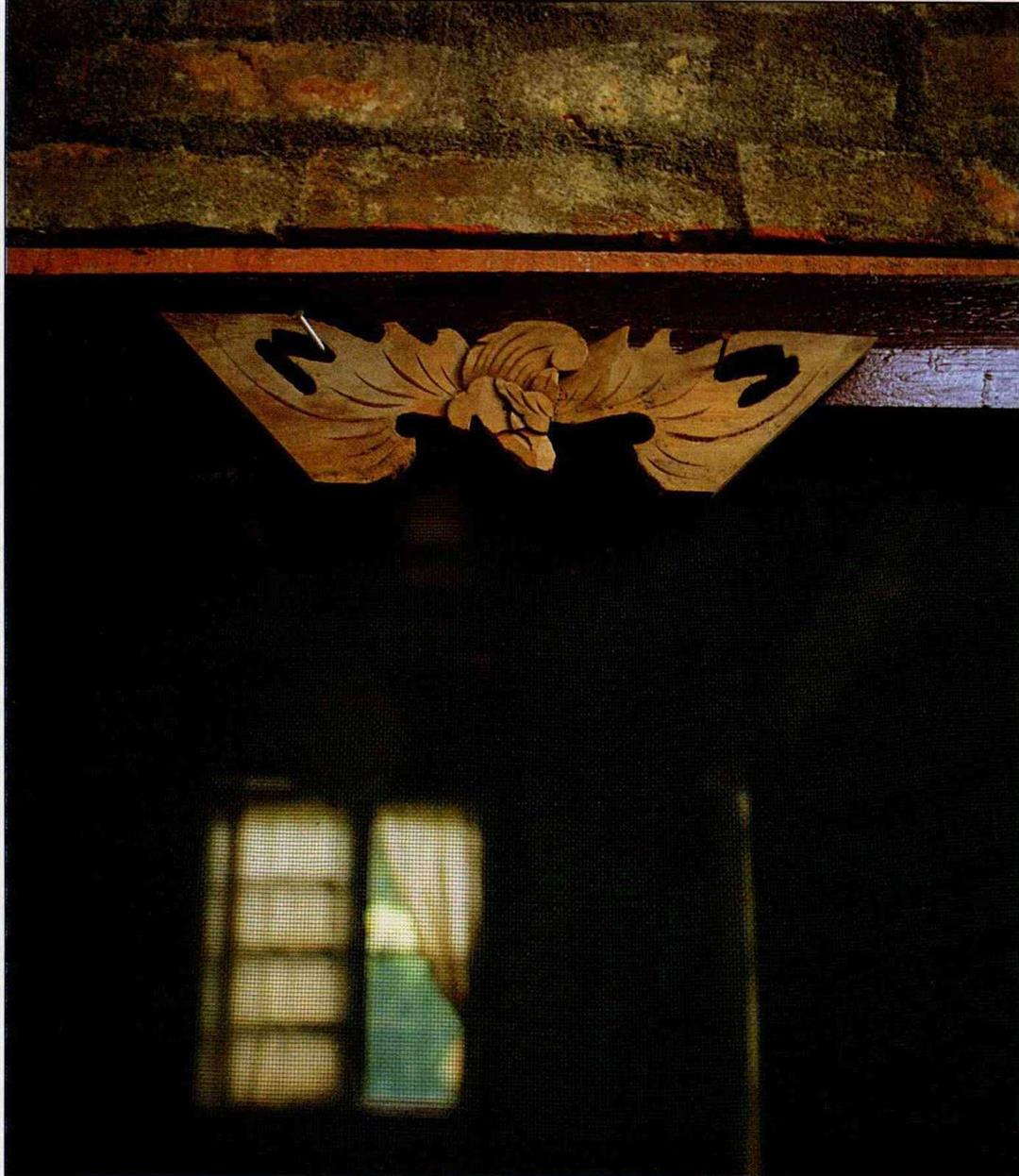
Ferocious-looking bats have traditionally featured in architecture to scare away bad luck. (photo by Diago Chiu)